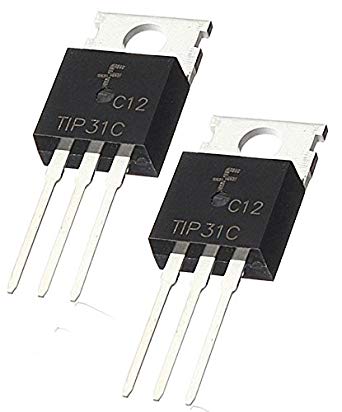Transistors – Physics Notes – For W.B.C.S. Examination.
ট্রানজিস্টর – পদার্থবিজ্ঞানের নোট – WBCS পরীক্ষা।
Earlier, the critical and important component of an electronic device was a vacuum tube; it is an electron tube used to control electric current. The vacuum tubes worked but they are bulky, require higher operating voltages, high power consumption, yield lower efficiency and cathode electron-emitting materials are used up in operation.Continue Reading Transistors – Physics Notes – For W.B.C.S. Examination.
So, that ended up as heat which shortened the life of the tube itself. To overcome these problems, John Bardeen, Walter Brattain and William Shockley were invented a transistor at Bell Labs in the year of 1947. This new device was a much more elegant solution to overcome many of the fundamental limitations of vacuum tubes.
Transistor is a semiconductor device that can both conduct and insulate. A transistor can act as a switch and an amplifier. It converts audio waves into electronic waves and resistor, controlling electronic current. Transistors have very long life, smaller in size, can operate on lower voltage supplies for greater safety and required no filament current. The first transistor was fabricated with germanium. A transistor performs the same function as a vacuum tube triode, but using semiconductor junctions instead of heated electrodes in a vacuum chamber. It is the fundamental building block of modern electronic devices and found everywhere in modern electronic systems.
Transistor Basics:
A transistor is a three terminal device. Namely,
- Base: This is responsible for activating the transistor.
- Collector: This is the positive lead.
- Emitter: This is the negative lead.
Types of Transistors:
There are two types of transistors in present; they are bipolar junction transistor (BJT), field effect transistors (FET). A small current is flowing between the base and the emitter; base terminal can control a larger current flow between the collector and the emitter terminals. For a field-effect transistor, it also has the three terminals, they are gate, source, and drain, and a voltage at the gate can control a current between source and drain.
- Bipolar Junction Transistor:
A Bipolar Junction Transistor (BJT) has three terminals connected to three doped semiconductor regions. It comes with two types, P-N-P and N-P-N.
P-N-P transistor, consisting of a layer of N-doped semiconductor between two layers of P-doped material. The base current entering in the collector is amplified at its output.
That is when PNP transistor is ON when its base is pulled low relative to the emitter. The arrows of PNP transistor symbol the direction of current flow when the device is in forward active mode.
N-P-N transistor consisting a layer of P-doped semiconductor between two layers of N-doped material. By amplifying current the base we get the high collector and emitter current.
That is when NPN transistor is ON when its base is pulled low relative to the emitter. When the transistor is in ON state, current flow is in between the collector and emitter of the transistor. Based on minority carriers in P-type region the electrons moving from emitter to collector. It allows the greater current and faster operation; because of this reason most bipolar transistors used today are NPN.
Please subscribe here to get all future updates on this post/page/category/website


 Toll Free 1800 572 9282
Toll Free 1800 572 9282  mailus@wbcsmadeeasy.in
mailus@wbcsmadeeasy.in



















































































































